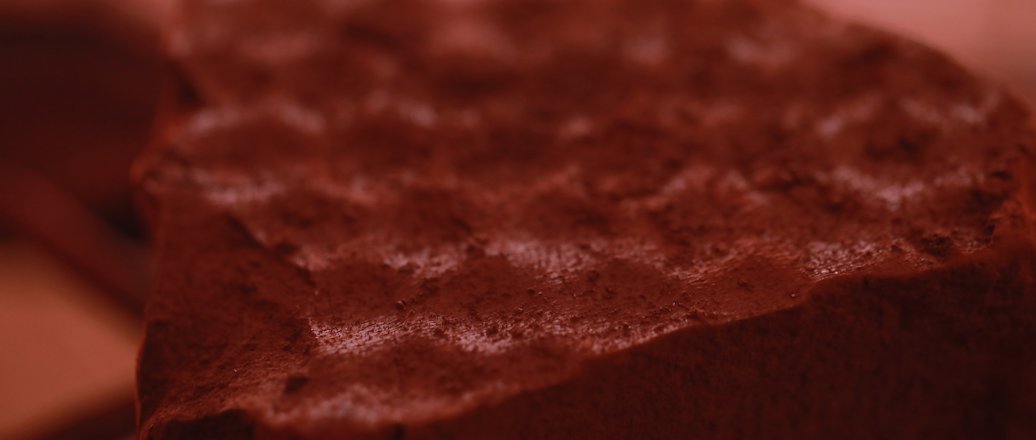Alunorte announces a new agreement with the Federal University of Pará (UFPA) for research on the use of bauxite residue in civil construction. This time, the focus will be on the production of synthetic aggregate, a type of material that is mixed with concrete in civil construction. This way, it would be possible to reduce the need to use natural resources and still give a destination to the bauxite residue. The research will last 18 months and has an investment of just over BRL 1.5 million by the company. The team will have the participation of nine researchers linked to four Graduate Programs at the UFPA Institute of Technology.
“Alunorte and Hydro are looking for sustainable solutions for bauxite residue, including the use of part of it for the generation of new products. This new partnership, aimed at the development of synthetic aggregates for civil construction, is another step towards achieving this objective”, explains Alunorte's Industrial Director, Michel Lisboa, adding that UFPA has been a strategic partner for relevant initiatives “Excellence from UFPA is recognized and the university has been a strategic partner in the search for more sustainable solutions for our operation and for the regions where we operate”, Michel adds.
“This research has very good prospects. The bauxite residue is mainly formed by aluminum silicates, aluminates and minerals rich in iron and titanium. This waste has enormous potential for use in the civil construction industry, due to the quantity and property presented by this material”, says professor Alcebíades Negrão Macedo, project leader at UFPA.
According to the UFPA project proposal, the objective of the study is the production of synthetic aggregate with the bauxite residue, clay and silica for application in concrete structures widely demanded by the civil construction sector in the region. The study includes the development and optimization of the technological route, evaluation of the performance and durability of the aggregate and tests of structural elements of the concrete. Conventional big aggregates are usually pebble and gravel. There are several types of natural aggregates on the market with different applications that vary according to their density. For example: they can be used in beams, columns, slabs, structural blocks, plates, counter floors, curbs and joints.
Research for sustainable cement
This is the second research project for the use of bauxite residue in construction that Hydro announces in 2020. In June, the company announced an agreement for research on the use of bauxite residue in the production of a low-emission carbon cement. Through this project, the company aims to develop sustainable technological solutions for local cement producers in order to reduce not only their production cost, but mainly their environmental impact, by reducing the emission of gases that cause the greenhouse effect and preservation of natural resources.
: October 15, 2020







